
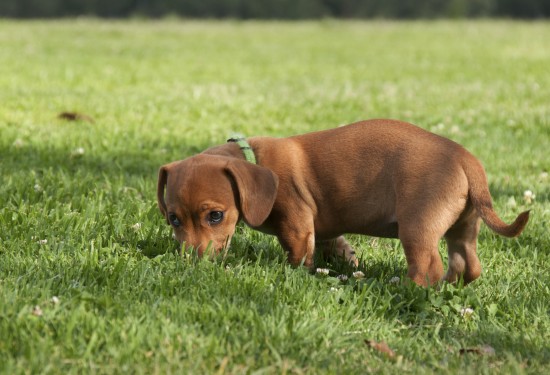
Puppies begin the lifelong process of learning about the world around them virtually as soon as they are born, and the process of pro-actively training your puppy should start as soon as they come to live with you.
One of the first steps in training and one that is necessary to begin the rest of your puppy’s training in earnest is getting them used to wearing a collar, as this will be necessary for the entire duration of their lives.
Whether you intend to keep a collar on your dog at all times or only use it when walking on the lead or outside of the home, the collar is one essential element of training that you should begin with your puppy as soon as possible. If you get your puppy from professional or highly experienced dog breeder, you might even find that the breeder has begun the process of getting their puppies used to the collar while they are little, but attaching a lightweight, quick-release ribbon around their necks for them to get used to.
However, when you get your puppy home, the chances are that the collar will be a new experience to them, and one that you should undertake carefully and gradually in order to turn it into a positive experience for your little dog!
Once your puppy has become used to being collared, assuming that their collar is comfortable and a good fit, they will not even realise that they are wearing it over time, and will forget all about it. However, just as is the case when we start wearing a new ring or other piece of jewellery for the first time, when you first use a collar on your puppy, they are likely to be very aware of the sensation and find it rather strange!
Read on to learn more about how to introduce your puppy to a collar, and how to make it a positive experience for them.
Don’t plan to put a collar on your puppy one day and have done with it; start off young, but start off slowly! First of all, choose a collar that is the correct size and material for your young dog, and one that will be comfortable for them to wear. A correctly fitting collar should be snug and flush to the neck, but should have room for you to insert two fingers between the band and the neck comfortably without pinching. However, when you first begin putting a collar on your puppy and getting them used to it, you may need to start off slowly with a loose collar, and gradually build up to a correctly tightened collar over ongoing sessions.
Never leave a puppy with a loose collar unsupervised, as they may get hung up or injured by it.
Make putting the collar on and taking it off positive and rewarding for your puppy, and do not attempt to collar your puppy when they are stressed, upset or overexcited.
Show your puppy the collar, let them sniff it and get used to it, before placing it around their necks and fastening it, and offering praise and a treat. Then, divert your puppy’s attention from the sensation of the collar by playing with them or getting them involved in a game. Do not leave the collar on for too long during your early sessions, and remember, while your puppy may forget about the collar while you are playing with them, they may become aware of it again when you stop!
Obviously the next step once your puppy is used to their collar and can be left in it unsupervised is to begin introducing the lead, and attaching this to the collar to begin training. However, wait until your puppy is totally used to the presence of the collar before you begin teaching them about the lead, to allow your puppy time to get used to these new sensations and get to grips with them without getting overwhelmed.
When you first get your new puppy, the chances are of course that they have a significant amount of growing left to do, and may outgrow several collars before they reach their adult size!
A collar that is too small or pinches will not only be really uncomfortable for your puppy, but will lead to shyness and fear of the collar, problems that will require a lot of work to correct.
Every time that you put the collar on your pup, check that the fit of it is still appropriate, and once you get to the point that the collar can be left on your puppy all the time, check it every week to make sure they are not outgrowing it. As your puppy ages, learns and develops too, you might find that you will need to use a different type of collar on your puppy than the ones they start off life with; so do not spend a lot of money of special and distinctive collars for your puppy when they are little, until you know exactly what they will ultimately need for the duration of their adult life!
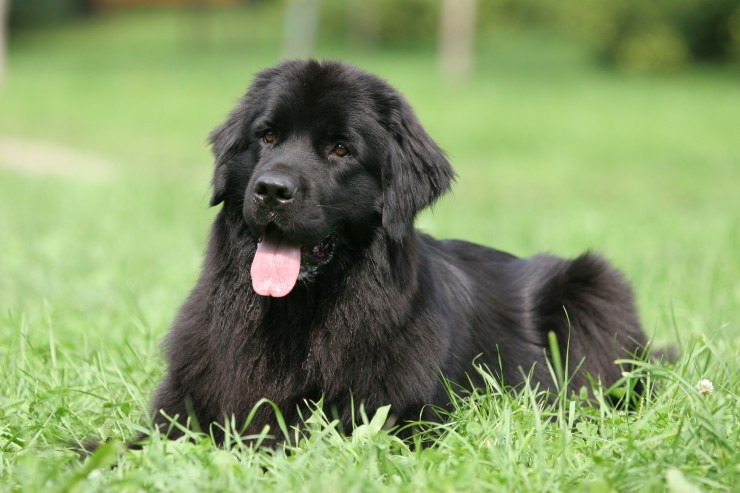 Newfoundlands And Sas
Newfoundlands And
Newfoundlands And Sas
Newfoundlands And
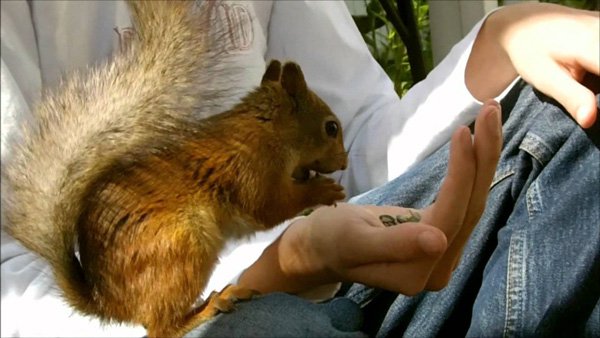 Taking care of you sick dog
Taking care of you sick dog
It is one of the w
Taking care of you sick dog
Taking care of you sick dog
It is one of the w
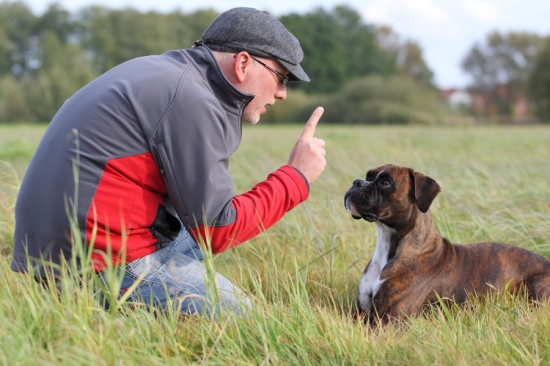 Why Training The Owner Is Just As Important As Training The Dog
Why Training The
Why Training The Owner Is Just As Important As Training The Dog
Why Training The
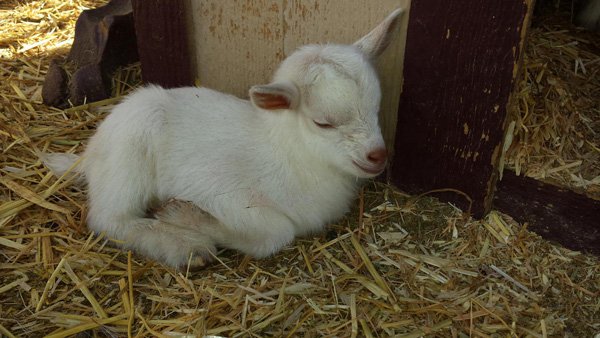 Top Quality Pet Toys Can Be Bought Cheaply
Top Quality Pet Toys Can Be Bought Cheaply
You
Top Quality Pet Toys Can Be Bought Cheaply
Top Quality Pet Toys Can Be Bought Cheaply
You
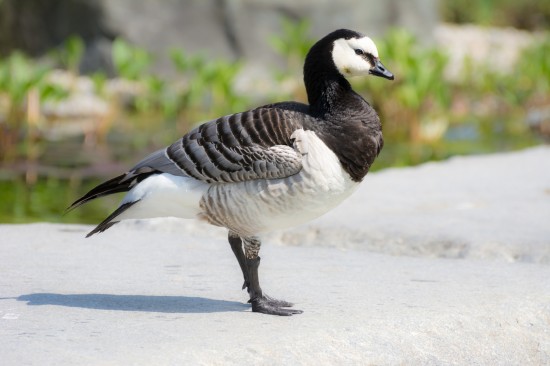 British Birds - Geese
British Birds - G
British Birds - Geese
British Birds - G
Copyright © 2005-2016 Pet Information All Rights Reserved
Contact us: www162date@outlook.com